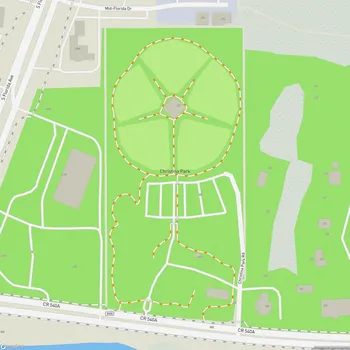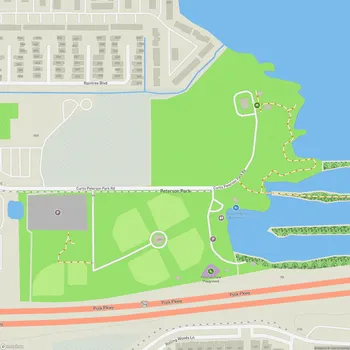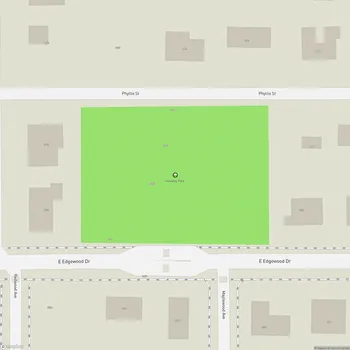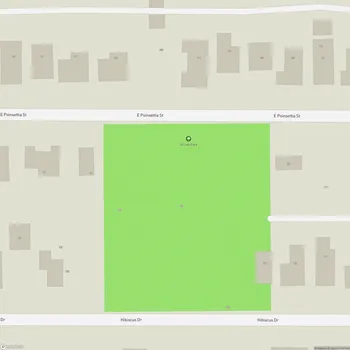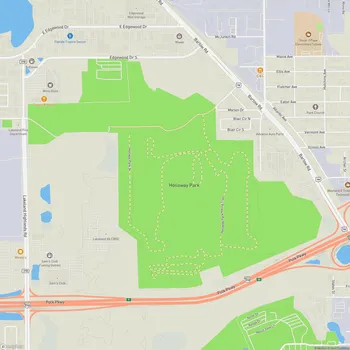Se7en Wetlands - Loyce E. Harpe Park Entrance
Se7en Wetlands - Loyce E. Harpe Park Entrance Map
About Se7en Wetlands - Loyce E. Harpe Park Entrance in Lakeland
Se7en Wetlands is a 1,640-acre park located south of Lakeland, Florida. The park, which opened to the public in 2018, was originally a phosphate mine in the 1920s or 1930s before being transformed into a constructed wetland treatment system in 1987. Today, it serves as both a wastewater treatment facility and a nature preserve.
The park features over 1,600 acres of diverse ecosystems including marshes, swamps, uplands, and lakes. It receives approximately 10 million gallons of treated wastewater daily, which is further cleaned through a system of seven cells over about 100 days before flowing into the Alafia River and eventually Tampa Bay.
Se7en Wetlands boasts a rich variety of wildlife, making it popular among nature enthusiasts and birdwatchers. The park has become an e-bird hotspot with 120 species of birds documented in recent years. Visitors may also encounter alligators, frogs, turtles, bobcats, and butterflies. The small islands left by miners now serve as protected nesting sites for birds.
The park offers over 8.5 miles of hiking trails, with plans to expand to more than 22 miles when fully completed. Currently, two main trails are open to the public: the Gopher Tortoise Trailhead (a 2.9-mile loop) and the Wood Stork Trailhead (a 2.4-mile loop). These trails provide visitors with opportunities to explore the wetlands and observe the diverse wildlife.
Se7en Wetlands is not only a recreational area but also an educational resource. The park offers guided tours and hosts events to educate visitors about wastewater treatment, wildlife, and environmental conservation. It's becoming an attraction for nature lovers across the region, with thousands of visitors exploring the property each year.
Visitors should note that the park has limited shade and can be quite warm, especially during summer months. It's recommended to bring water, wear sturdy shoes, and be prepared for potential wildlife encounters.
